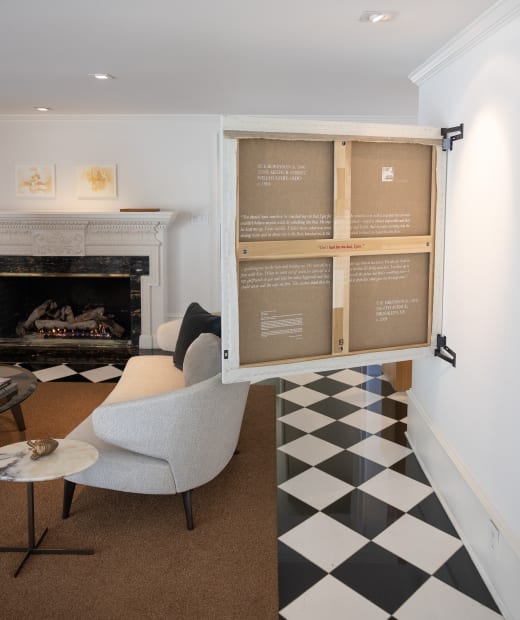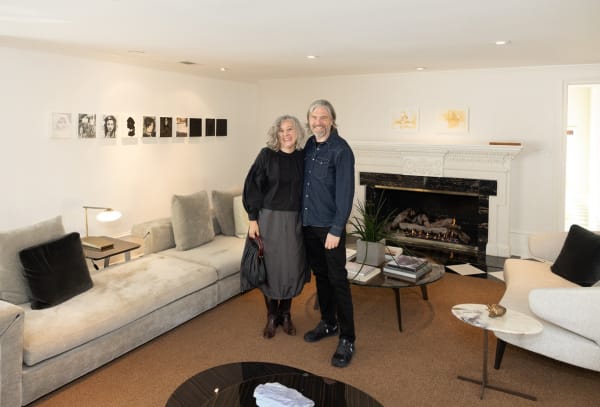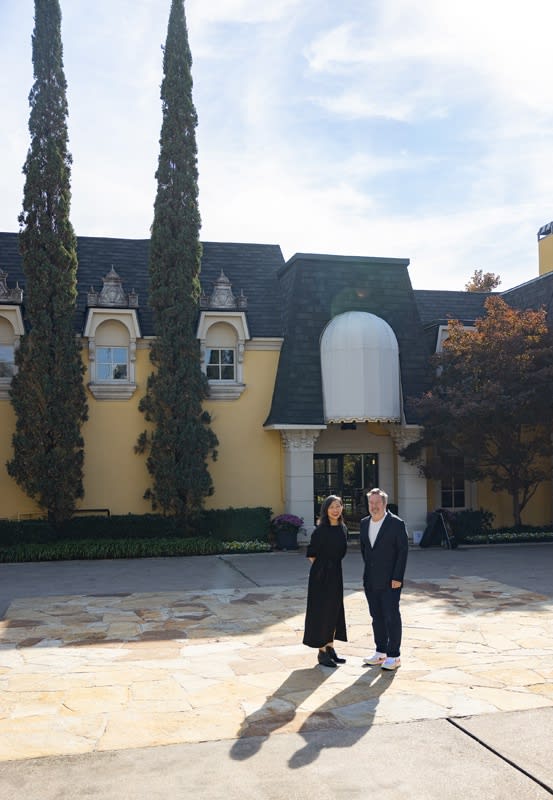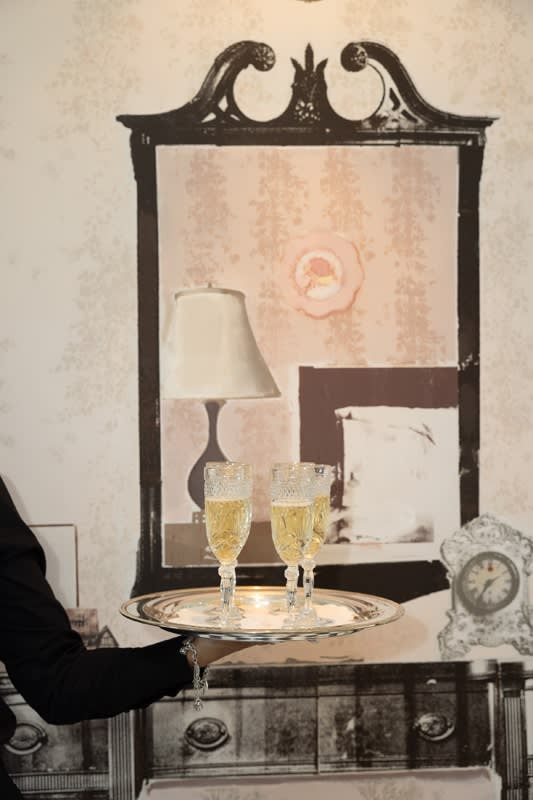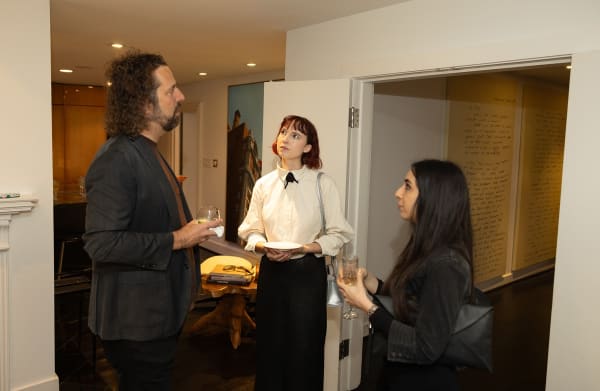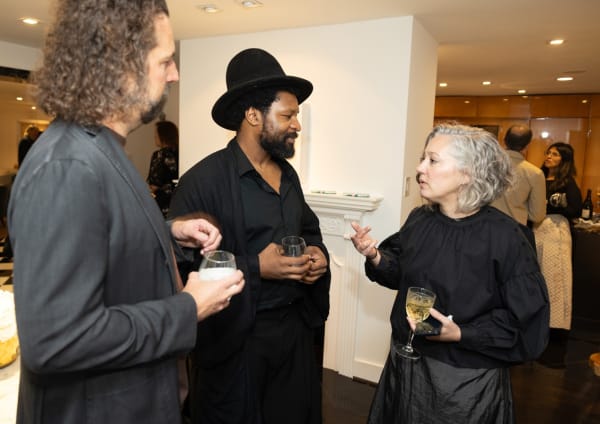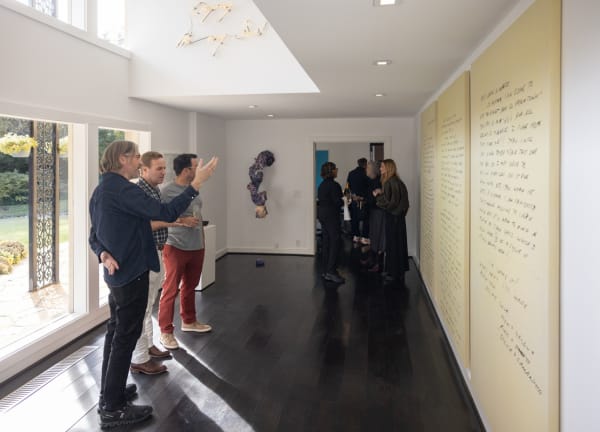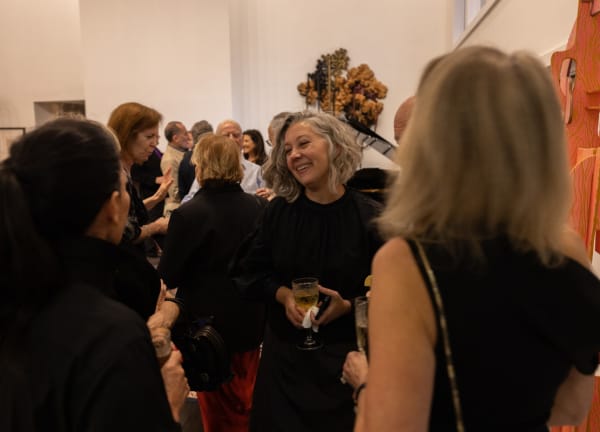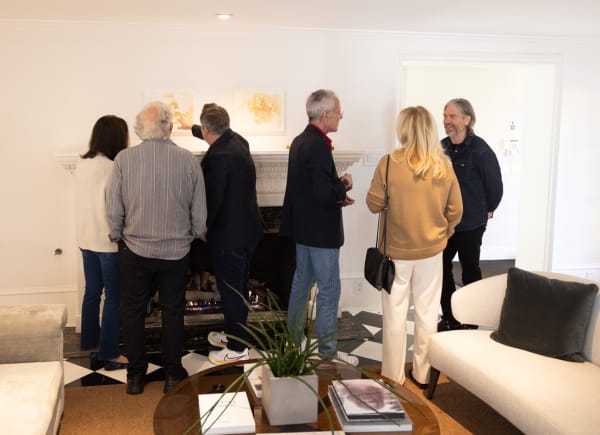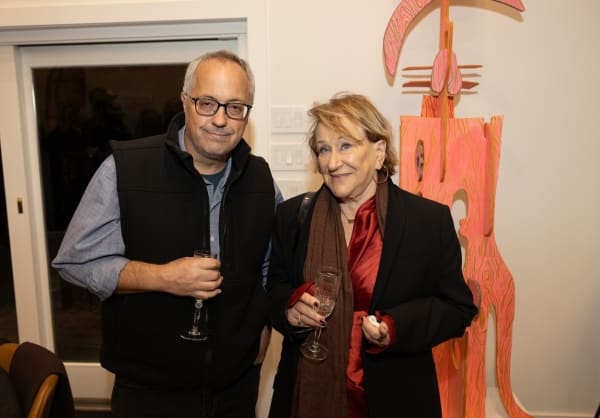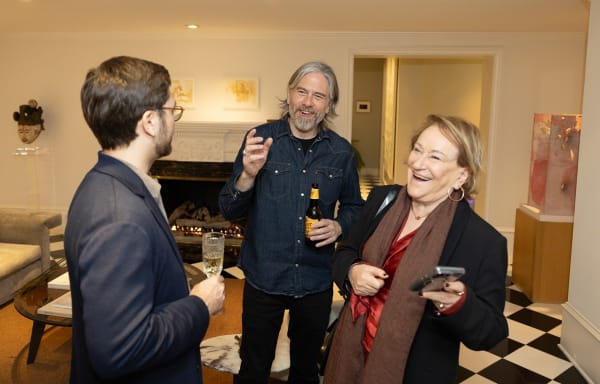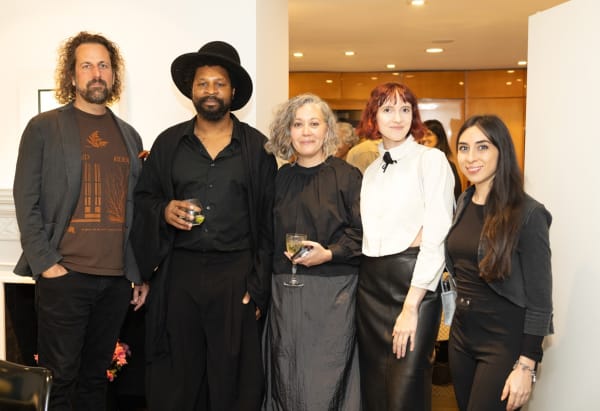"Chambre d'Amis" reimagines the seminal exhibition "Chambres d'Amis" in a recurring series of exhibitions in domestic settings. It combines elements of Jan Hoet's 1986 project in which residents of Ghent, Belgium opened their homes for artistic presentations and interventions, with the older notion of the European salon, which has a long tradition of creating space for cultural gatherings, unusual exhibitions and intellectual exchange. The first edition features works by American artist TR Ericsson nearly a decade after his works appeared in the city during the Dallas Art Fair.
We would all like to thank Tammy, Will and their children for generously welcoming the artist and his family into their home, as well as Katherine Brodbeck, Lucia Simek, the Dallas Museum of Art and Dallas Contemporary for their support.
-

-
BIO
TR Ericsson's work is in the collections of the Whitney Museum of American Art (New York, US), the Dallas Museum of Art (US), the Cleveland Museum of Art (US), the Everson Museum of Art (US), The Museum of Modern Art (New York, US) and many other prestigious public and private collections. His books and zines can be found in numerous library collections including the Yale University Arts Library (New Haven, US) and the Smithsonian Institution Libraries (Washington, US). His exhibitions have frequently been featured in prominent publications including The New York Times, The Brooklyn Rail, Art Forum, Art in America, Hyperallergic and others. The artist has earned the following awards: The Paris Photo-Aperture Foundation PhotoBook Awards Shortlist: Photography Catalog of the Year (2015) and Kraszna-Krausz Book Awards 2016 Best Photography Books Shortlist, the 91st International Print Center Award, Philadelphia, PA (2017) and in 2019 Ericsson was a finalist of the Smithsonian National Portrait Gallery's sixth triennial Outwin Boochever American Portrait Competition with his large scale nicotine work, Bride, a portrait of his mother. -
-
SUE ROBINSON (b.1946)
37506 ARTHUR STREET
WILLOUGHBY, OH
c. 1964
“You should have seen how he smashed my car that I got for graduation, who got it for you but he smashed it such a way that the car man couldn’t believe anyone could do something like that. He cracked the engine block which is almost impossible and then he beat me up. I was outside. I didn't know what was wrong with the car and he did and he came storming into the dining room and he threw me to the floor, knocked me to the floor and proceeded to knock my head into the floor…
“Don’t hurt her too bad, Lynn.”
…grabbing me by the hair and beating me. We were all too scared, you never saw him at his worst. We always lived in fear with him. When he went out of town we were all so happy. It was a terrible life living with him … I walked up to my girlfriend's house and told her what happened and they wanted me to call the police but that’s something else—I could never call the cops on him, the doctors think that the beating I took is probably what gave me the migraines.”
My mother’s father, Lynn Robinson, took the original snapshot. He took all the photographs, unless of course he was in them.
The enlarged text quotation is from a voice recording I made of my mother in 2002, the year before her sudden death at age 57 and a few months after her father died in a nursing home at age 84. I lost the recording, I may have taped over it, but before it was gone I typed it out word for word in its entirety. She had never before expressed to me so clearly or candidly the resentment she felt toward her father than she did during this recording of which this is only a small fragment.
I imagine the work being seen from both sides, like a sculpture. These idealized, or nostalgic and eventually meaningless snapshots hold secret narratives they seldom reveal. If all anyone sees is the woman, my mother, and the car, I would consider the work incomplete and devoid of meaning.
TR ERICSSON (b.1972)
236 6TH AVENUE,
BROOKLYN, NY,
c. 2024 -
-
-
WELL, THE WEEK REALLY STARTED WITH A BANG!” (September 17, 1991), 2023

-
The clock and the mirror, 2024
Oil on canvas, 78 x 100 in
The clock and the mirror is painted from an absent image, reaching into the depths of memory to recreate a disappeared room. Ericsson’s mother and uncle grew up in this room, as the B-side will tell you; the two children appear in the right window, staring back through layers of time. His mother appears again, as a high school senior, in a framed graduation picture placed carefully on the vanity. The room is empty otherwise, save for a still, riderless toy horse. The light has a strange, diffuse flatness, lacking a discernible time of day. The proportions are slightly odd, and combined with the delicacy of the butterfly wallpaper, the whole space takes on the uncanny feeling of a dollhouse. With his diary entry-style writing, Ericsson provides the most complete possible account of this bygone room; yet, a series of small slippages remains, like the skip of a record, aching with loss.
-
-
Thank you for joining us.
Photography by Exploredinary.




